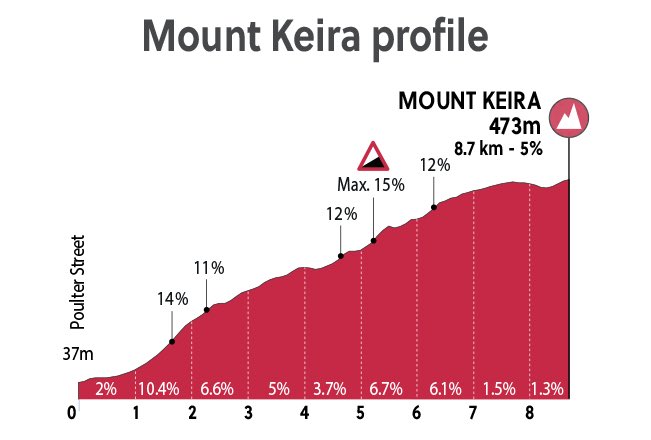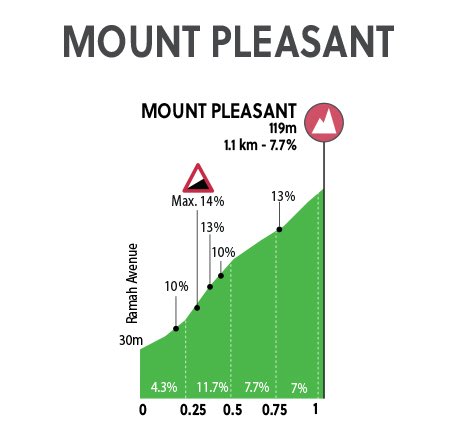According to the organizers there will be 3945 meters of climbing on the World Championship race course. But when I look at the course profile, I can't find all those meters. My assessment is that there are around 150 meters on the circuit (x 12), and that would leave more than 2.000 vertical meters to be found on the first 60 kilometers. Which seems totally unrealistic.
But I don't have the exact course file to judge from, only the pdf from the official site. So maybe there are important details I have overlooked.
Can anyone say more about this?
But I don't have the exact course file to judge from, only the pdf from the official site. So maybe there are important details I have overlooked.
Can anyone say more about this?










